As the world shifts toward eco-friendly solutions, the audiovisual (AV) industry is aligning with sustainable practices, particularly through LEED certification. Many companies, including Ford AV, are focusing on integrating energy-efficient technologies, responsible waste management, and smart building strategies to reduce environmental impact. LEED certified AV systems contribute to building sustainability by optimizing energy use, reducing waste, promoting recyclability, and ensuring AV technology plays a role in the broader goals of green building design.

What is LEED Certification
LEED (Leadership in Energy and Environmental Design) is a globally recognized standard for eco-friendly building practices developed by the U.S. Green Building Council (USGBC). LEED certification has four levels—Certified, Silver, Gold, and Platinum—which are awarded based on points earned in sustainability categories like energy efficiency, water use, sustainable materials, indoor environmental quality, and innovation. Projects can earn up to 110 points, and the total points determine the certification level:
- Certified (40–49 points): Basic green strategies.
- Silver (50–59 points): More advanced sustainable practices.
- Gold (60–79 points): High-level performance in multiple areas.
- Platinum (80+ points): The highest achievement in environmental design.
AV systems designed to meet LEED standards play a role in reducing energy usage and integrating with the building’s green infrastructure. Energy-efficient AV technologies, reduced material waste, and increased recyclability are key to supporting broader sustainability goals. These guidelines make the space better for business, people, and the environment. Currently, there are 197,000 LEED projects in 186 countries and territories.
By adhering to LEED guidelines, AV installations not only reduce a building’s carbon footprint but also contribute to its overall sustainability performance, reinforcing the environmental commitment of the entire structure.
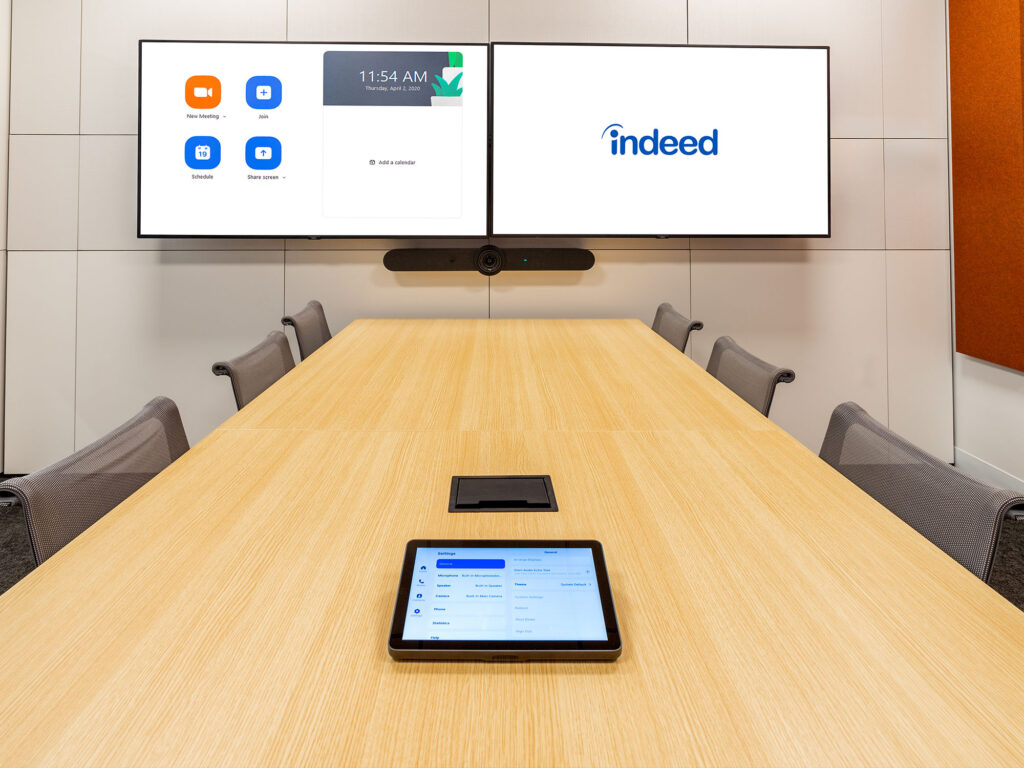
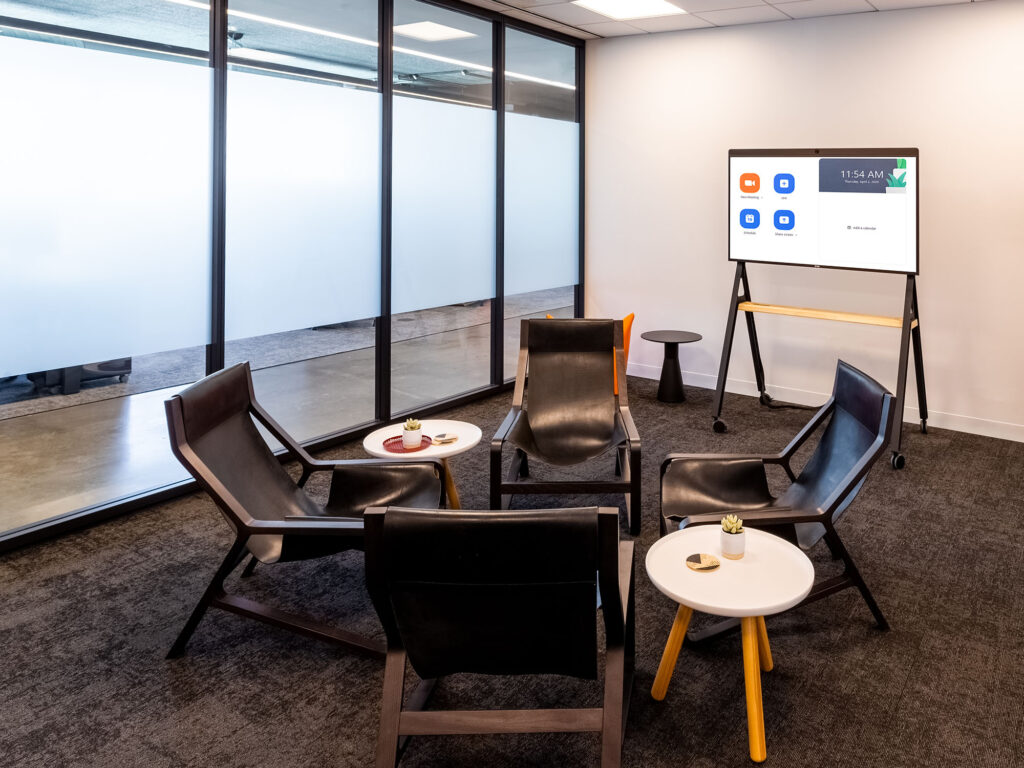
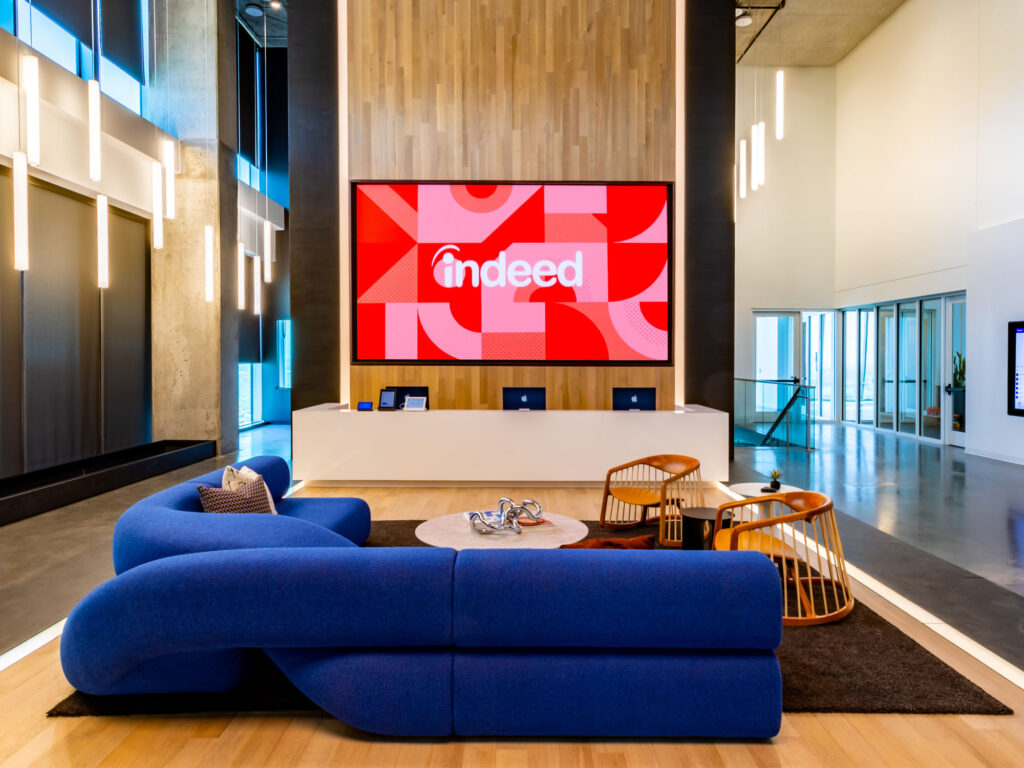
Energy-Efficient AV Equipment: A Vital Shift
Transitioning to energy-efficient AV equipment is one of the best ways to reduce the environmental impact of AV systems. Many organizations are embracing technologies like LED displays, which have a longer lifespan and consume significantly less power than traditional alternatives.
AV systems now come with automated power management features, such as auto-dimming and power-off modes, to help reduce energy use during idle periods. Smart control systems that adjust lighting and AV devices based on room occupancy can further optimize energy usage. Businesses benefit from lower energy bills, and reducing energy consumption directly contributes to a smaller carbon footprint.
Energy Star-certified equipment, which meets stringent energy-efficiency standards, is another element in sustainable AV practices. By choosing Energy Star-rated AV devices, companies use technology that reduces energy waste without sacrificing performance.
Proper E-Waste Management: A Growing Responsibility
As technology evolves rapidly, outdated or obsolete AV equipment can quickly turn into electronic waste (e-waste). To address this, responsible companies are partnering with certified e-waste recycling facilities to ensure that equipment is disposed of properly.
Manufacturers are increasingly designing AV products with end-of-life disassembly in mind, making it easier to recycle individual components rather than sending them to landfills. Take-back programs allow customers to return used equipment, which further supports the circular economy.

Minimizing On-Site Waste
Minimizing waste on installation sites is another critical step toward achieving sustainability goals. Many AV companies, including Ford AV, take proactive measures to reduce waste by recycling boxes and packaging materials before arriving on-site. This ensures minimal waste is left behind during installations, helping reduce the environmental impact.
Sustainable Materials in AV Manufacturing
The use of sustainable materials in AV equipment is another important aspect of Green AV. Many manufacturers now design products with recyclable and biodegradable components to decrease reliance on finite resources. By choosing equipment made from recycled plastics and responsibly sourced metals, AV companies can significantly reduce the environmental impact of production.
The focus on sustainability extends to packaging materials as well, with more businesses opting for fully recyclable or biodegradable packaging. By ensuring that installations generate minimal waste, AV providers help contribute to a circular economy.
Integration with Smart Energy Systems
One of the most exciting developments in Green AV is the integration of AV systems with smart building management systems. Solutions like the Crestron building automation package allow AV systems to be synced with a building’s heating, lighting, and energy management systems to optimize power use. These systems use real-time data to adjust AV equipment based on occupancy, ensuring that energy is not wasted when rooms are empty.
By controlling everything from displays to room lighting, smart energy systems enable businesses to reduce operational costs and energy consumption, making AV systems a critical part of the broader green building movement.
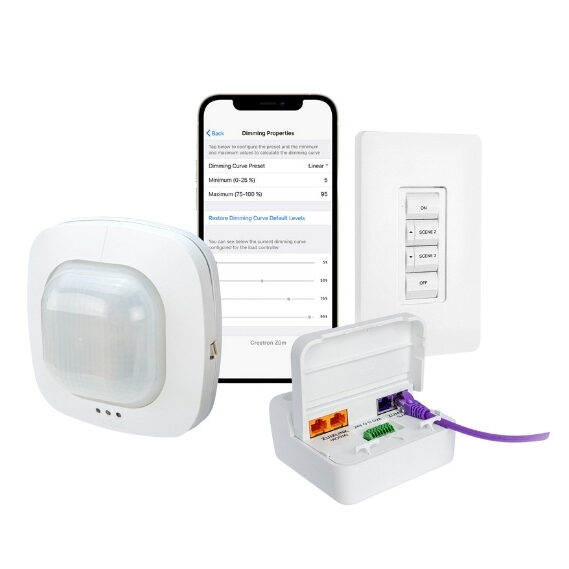
Eco-Friendly Transportation and Remote Work
Transportation plays a vital role in AV installations, as systems and equipment often need to be shipped over long distances. Companies are adopting more eco-friendly transportation methods to reduce emissions, including optimizing shipping routes and using energy-efficient vehicles.
In addition, high-quality AV technology supports remote work, which plays a crucial role in reducing carbon footprints. With advanced AV systems, people can collaborate seamlessly from home, reducing the need for daily commutes and allowing companies to shrink office space. This reduces both individual carbon emissions from fewer cars on the road and the energy required to operate large office spaces, resulting in a significant environmental impact reduction.
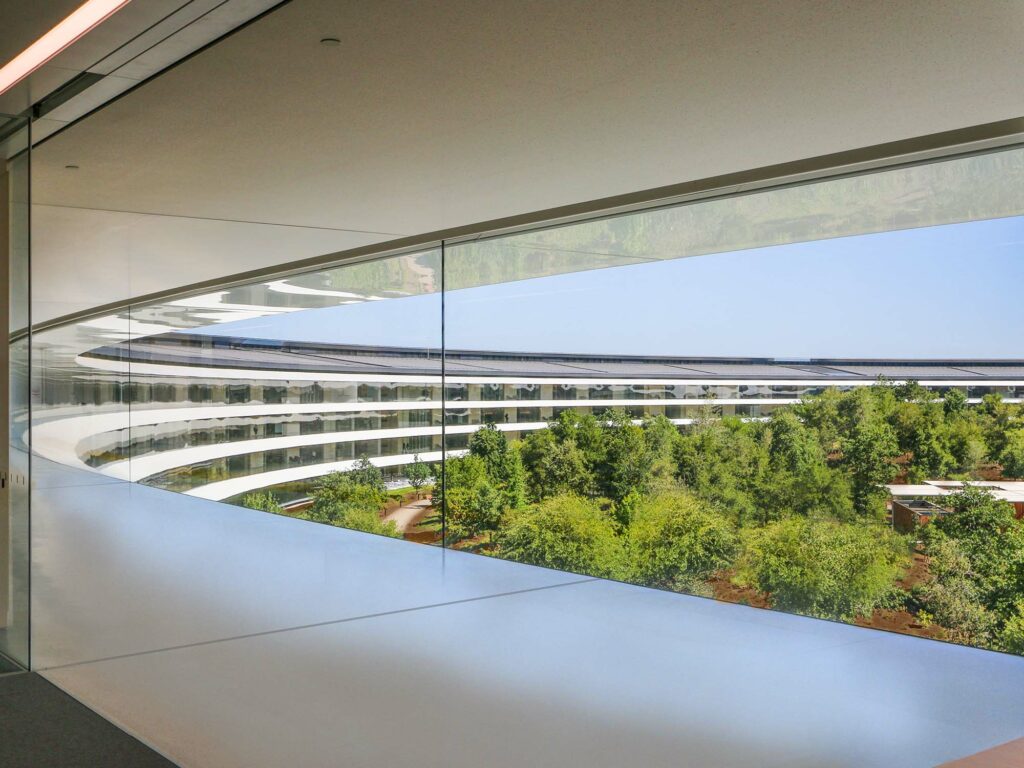
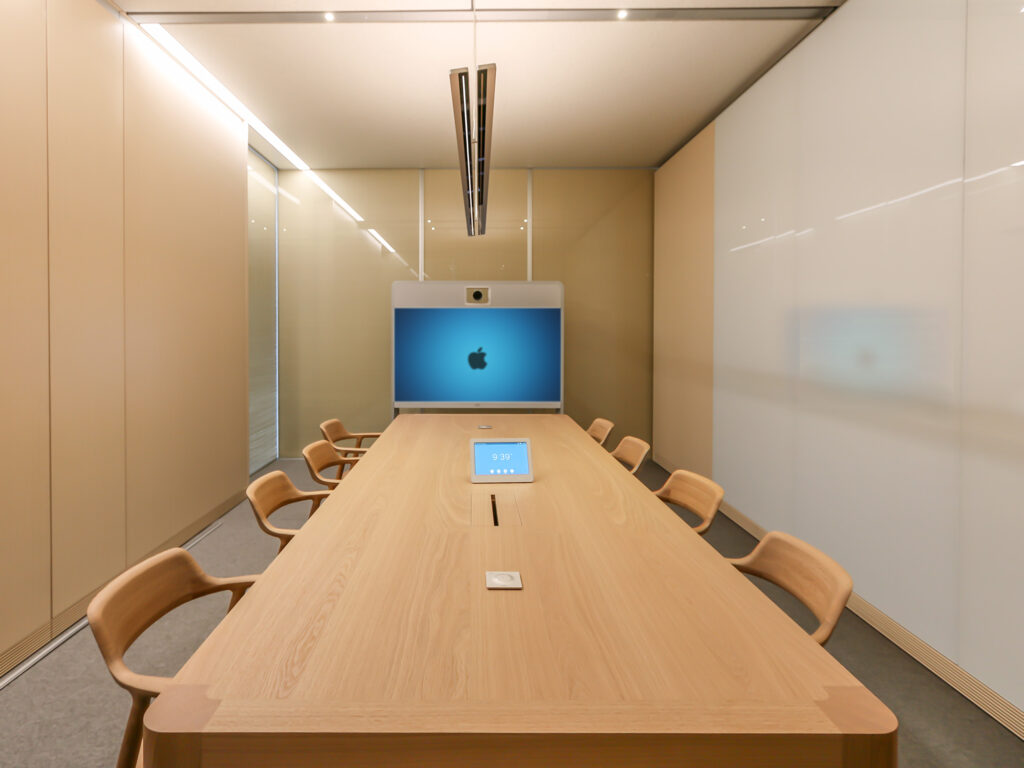
How We Can All Use AV Equipment More Sustainably
Sustainability in AV technology is not just about the equipment but also how we use these systems. Here are some simple ways to reduce your environmental impact while using AV technology:
- Turn off equipment when not in use or enable power-saving features like standby modes.
- Dim displays and reduce lighting when full brightness isn’t necessary.
- Adopt cloud-based collaboration tools to minimize travel for meetings and reduce emissions.
- Regularly maintain and update AV equipment to extend its lifespan and improve efficiency.
- Choose renewable energy sources where possible to power AV systems.
By incorporating these sustainable practices into everyday AV use, we can help reduce energy consumption and e-waste, making the AV industry greener for all.
Project Highlight: Indeed Tower, Austin, TX
Ford AV partnered on the Indeed Tower project, a standout LEED Platinum-certified building, to integrate sustainable AV systems in line with the tower’s green mission. The tower features energy-efficient AV technology, enhancing meeting spaces while reducing power consumption. Its smart energy systems sync with the building’s design, optimizing AV and lighting based on occupancy to cut down on energy waste.
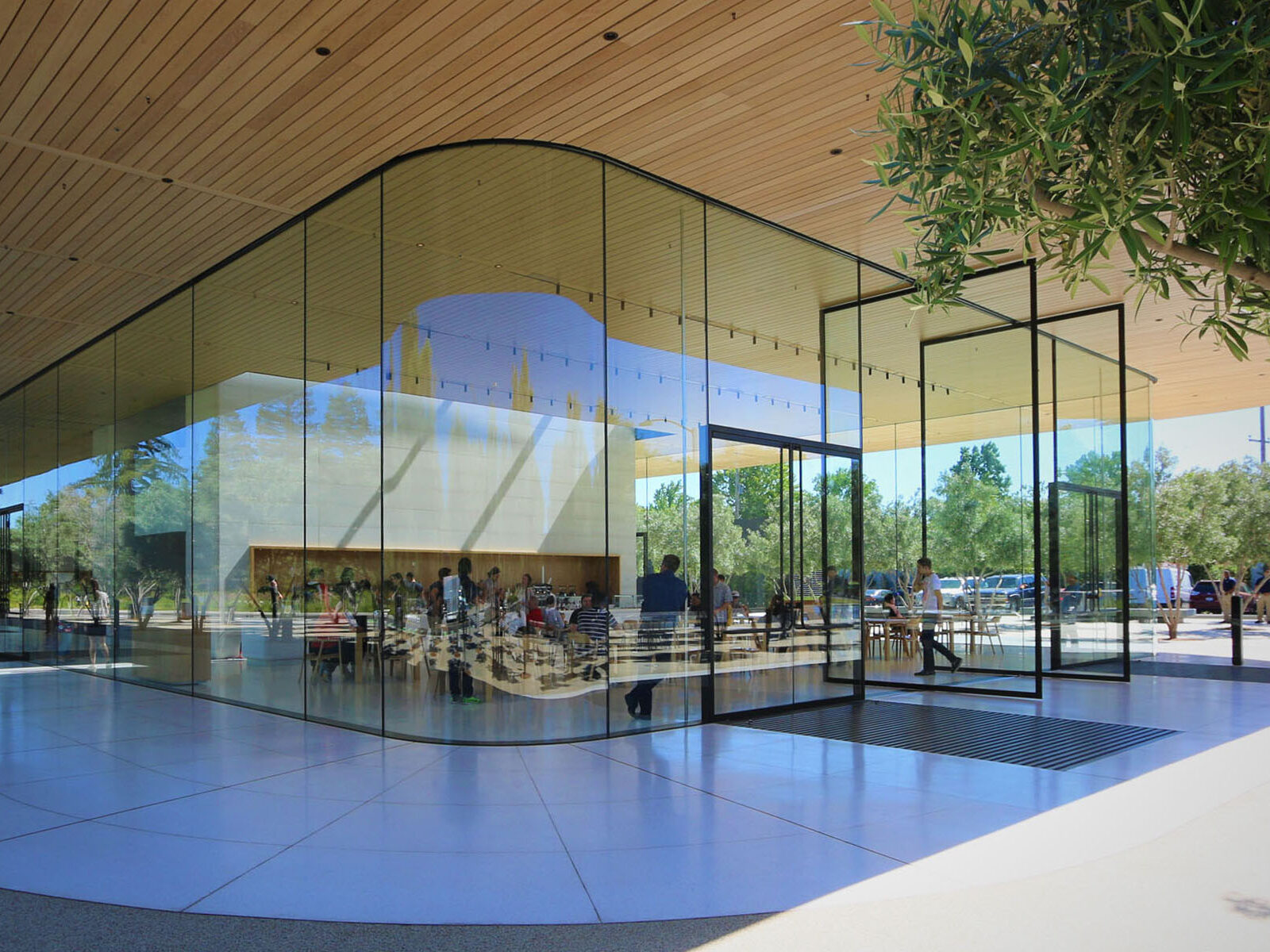
Project Highlight: Apple Park, Cupertino, CA
Apple Park, Apple’s corporate headquarters, is a model of eco-friendly design. As part of the building’s LEED Platinum certification, Ford AV integrated energy-efficient AV systems that are in sync with the building’s smart energy management systems. These systems optimize energy consumption by adjusting to real-time occupancy, ensuring minimal power use. With a focus on reducing environmental impact, the AV solutions contribute to Apple Park’s mission to be a global leader in sustainability.
Contact Ford AV
As green technologies continue to evolve, the industry will remain dedicated to pushing the boundaries of sustainability in AV design, ensuring a brighter, greener future for clients and the environment alike. Reach out to the experts at Ford AV to learn more about solutions and LEED certification.
